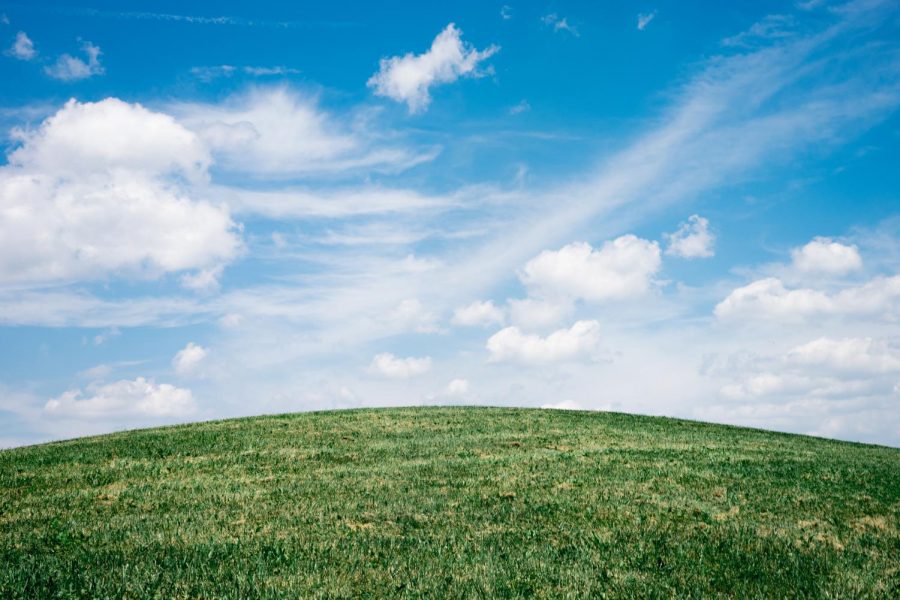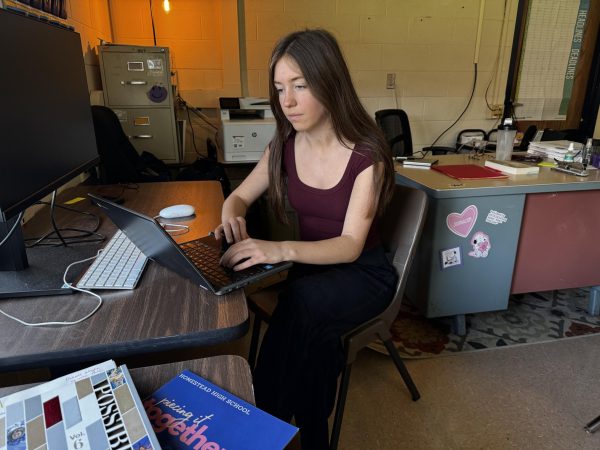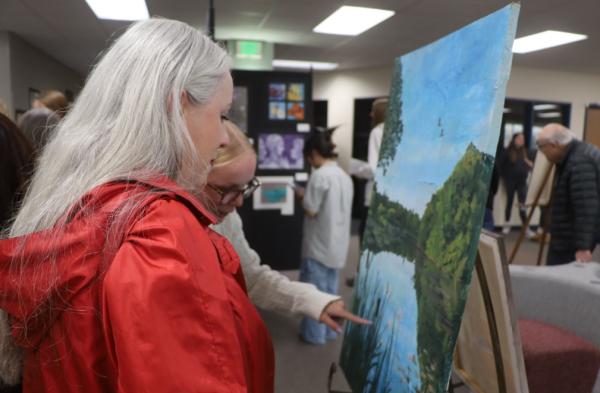Considering the factors of climate change
Photo by Scott Webb from Pexels
Climate change and its local impact is a top global conversation.
What is climate change?
According to National Geographic, climate change is defined as a “long-term shift in global or regional climate patterns. Often climate change refers specifically to the rise in global temperatures from the mid 20th century to present.”
With 2019 being the second warmest year on record, numerous student-led climate protests and over 40 countries declaring a climate emergency, the push for environmental sustainability is more important now than ever.
The major cause that scientists attribute to climate change is the greenhouse effect. The gases that are released, mainly due to human activity, are remaining in the atmosphere and do not chemically change. This causes an increase in temperature and contributes to climate change dramatically.
Gases such as water vapor, carbon dioxide, methane and nitrous oxide are repeat offenders. These gases are emitted when humans burn fossil fuels, deforest land and fill landfills with garbage. The Intergovernmental Panel on Climate Change (IPCC) has reported that there is a 95% chance that human behavior has been warming our planet over the past 50 years.
Over the 20th century, the average global temperature rose by 2 degrees Fahrenheit. While 2 degrees seems like a small amount, the global temperature has remained at a steady average for significant amounts of time. These small changes have big impacts on the environment.
The biggest changes have been temperature rise and extreme weather patterns. With the increase in temperature, oceans have warmed, ice has melted and sea levels have risen. Extreme weather has contributed to droughts, wildfires, storms and increased precipitation.
What are the effects of climate change?
Climate change will impact every region differently. For example, Europe is expected to experience increased flash flooding, erosion, and glacial retreat. However, in Africa over 100 million are expected to have an increase in water stress. This in turn affects their crops, and limits their access to food.
With climate change also comes inflation in poverty and health issues. Without access to clean air or water the World Health Organization expects direct damage costs to health to cost around 2-4 billion USD by 2030. The Institute for Environment and Human Security of the United Nations University claims that the world will have 200 million climate refugees from cities in the Middle East and South Asia by 2050.
These changes disturbing the environment, ecosystems, animals, and millions of people. The repercussions of climate change will stick with us for the rest of our lives.
According to NASA, “Even if we stopped emitting greenhouse gases today, global warming would continue to happen for at least several more decades, if not centuries. That’s because it takes a while for the planet (for example, the oceans) to respond, and because carbon dioxide – the predominant heat-trapping gas – lingers in the atmosphere for hundreds of years.”
What are the solutions for climate change?
The biggest change that needs to be made is to reduce the amount of greenhouse gases entering the atmosphere, specifically carbon dioxide. NASA also explains how we need to increase “sinks” that accrue these gases. Sinks are defined as “any process, activity or mechanism which removes a greenhouse gas, an aerosol or a precursor of a greenhouse gas or aerosol from the atmosphere,” by the United States Environmental Protection Agency.
Big name coal and oil companies are the largest contributors. China’s coal industry is responsible for 14% of global greenhouse gas emissions alone. Policy and governmental reforms to reduce the impact these companies have are important. The substantial impact on the economy will receive push back, but the benefits of decreasing these emissions are far more important for preserving our world.
Little changes in our day to day lives will also contribute. Carpooling, riding your bike, and decreasing your electricity usage are all factors to consider. Small steps towards change will be impactful. However, nothing is more dire than international reform and a global push for change.
How is climate change impacting us close to home?
According to the city of Milwaukee, climate change will have a severe impact on Midwestern states, including Wisconsin. “Extreme heat, heavy downpours, and flooding will affect infrastructure, health, agriculture, forestry, transportation, air and water quality, and more. Climate change will also exacerbate a range of risks to the Great Lakes,” according to city.milwaukee.gov.
To act on climate change, Tom Barrett, mayor of Milwaukee has joined the Global Covenant of Mayors for Climate & Energy. Over 100 US mayors have pledged to reduce greenhouse gas emissions and produce sustainable energy in their respective cities.
“By 2025, Milwaukee aims to have 25% of its energy come from renewable sources,” said city.milwaukee.gov. By working with We Energies, and other energy companies, Milwaukee hopes to generate 15 megawatts of renewable energy. Even with all this work, however, the city still claims that, “more action is needed at both the state and federal levels.”
What is the climate movement like at Homestead?
At Homestead, there are steps being made towards being a greener school. Having a good lighting system that ensures lights are only on when they need to be, decreases electricity and energy use. Offering classes like Environmental Sciences and AP Environmental Science gives students the opportunity to learn more about their environment.
“We have compassionate and intelligent students, many of whom care deeply about the environment. There are students who are vegan and some who marched in fall,” Dawn Pfaff, science teacher, said. Students going to marches, making dietary changes or doing what they can to reduce waste all make an impact on climate change.
“We need to preserve the beauty of our world. I do this by using reusable water bottles, composting, using reusable baggies and raising my own poultry for eggs to not contribute to factory farming,” Theadora Krueger, junior, said.
Although we seem to be doing what we can, there is always more when it comes to climate change. “We need to have a better system for recycling and waste. We need more consistent heating, not the very hot rooms and very cold rooms, Pfaff said.
“It’s definitely a real problem that we have to do something about. With us being the next generation it’s up to us to ensure a good future. You’d be surprised at how much you can do,” Sophia Ho, sophomore, said.

Hannah Kennedy is a senior at Homestead and serves as editor in chief of Highlander Publications. She is going to study journalism in college at the University...







Eric Neusen • Feb 7, 2020 at 6:43 am
Thank you for writing on this important subject Hannah. Your article should start good conversations at the school. The time to act on the climate emergency is now! I recently emailed Principal Ebert, Superintendent Joynt, the School Board President, and Long Range Strategic Plan Committee members a suggestion to consider investing in a solar power generation system for Homestead HS. In my email I summarized all of the benefits of adding a solar system and volunteered my personal time to assist in coordinating this project. Mr Joynt did send me a nice response but without any commitment. What I am asking is for students and faculty to be my inside activists to help move my idea forward. Perhaps some grassroots lobbying in the form of student/class written letters/emails to Mr Ebert, Mr Joynt and Ms Brookman stating your desire for a renewable energy powered school. Let’s make “Solar on Homestead” a reality!
Dawn Pfaff • Feb 6, 2020 at 6:15 pm
This was a fantastic article! Well done!